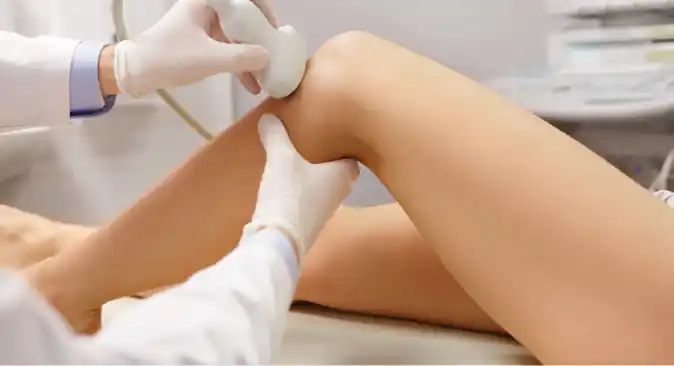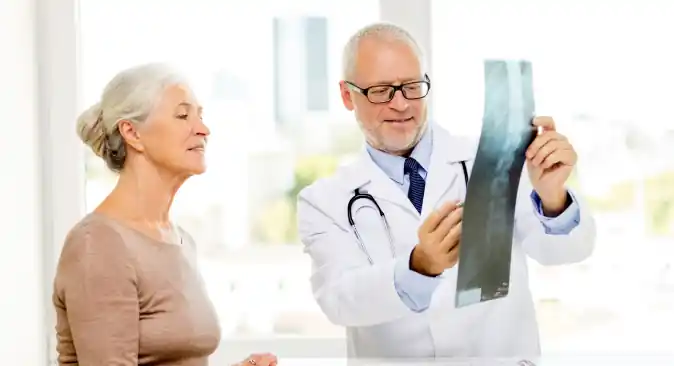Muscle Pain Treatment, Neuropathic Pain Treatment & More
Pain Management Services



Our Pain Treatment Centers in Central & Western PA
Find Effective Pain Management Near You
Our Locations
There is a map to the right. You can press each of the following groups to highlight that office on the map.
4 Locations
- Altoona1402 9th Ave,Altoona, PA 16602(814) 940-2000Mo 07:30 am - 04:00 pmTu 07:30 am - 04:00 pmWe 07:30 am - 05:00 pmTh 07:30 am - 04:00 pmFr 07:30 am - 12:00 pmSa ClosedSu Closed

- Bedford5157 US-220 BUS,Bedford, PA 15522(814) 940-2000Mo 07:30 am - 04:00 pmTu 07:30 am - 04:00 pmWe 07:30 am - 05:00 pmTh 07:30 am - 04:00 pmFr 07:30 am - 12:00 pmSa ClosedSu Closed

- Ebensburg501 W High St,Ebensburg, PA 15931(814) 940-2000Mo 07:30 am - 04:00 pmTu 07:30 am - 04:00 pmWe 07:30 am - 05:00 pmTh 07:30 am - 04:00 pmFr 07:30 am - 12:00 pmSa ClosedSu Closed

- State College253 E Pine Grove Rd,State College, PA 16801(814) 940-2000Mo 07:30 am - 04:00 pmTu 07:30 am - 04:00 pmWe 07:30 am - 05:00 pmTh 07:30 am - 04:00 pmFr 07:30 am - 12:00 pmSa ClosedSu Closed

- AltoonaAddress:1402 9th Ave, Altoona, PA 16602Phone:(814) 940-2000
- BedfordAddress:5157 US-220 BUS, Bedford, PA 15522Phone:(814) 940-2000
- EbensburgAddress:501 W High St, Ebensburg, PA 15931Phone:(814) 940-2000
- State CollegeAddress:253 E Pine Grove Rd, State College, PA 16801Phone:(814) 940-2000

Thank you for subscribing!
You will receive important news and updates from our practice directly to your inbox.
Thanks!
